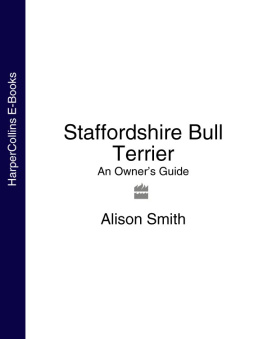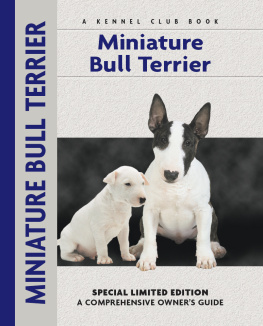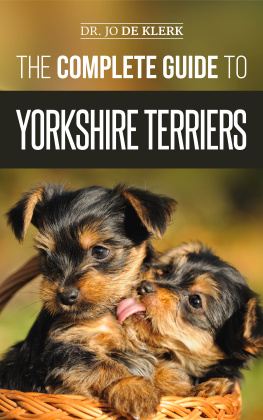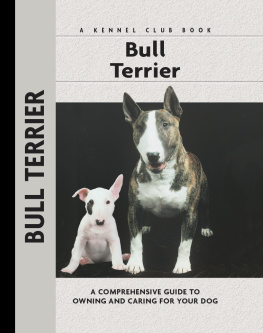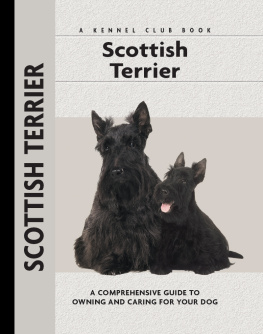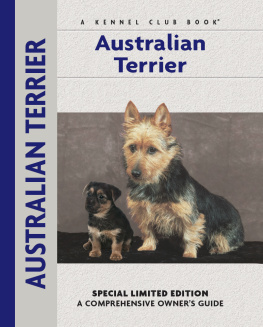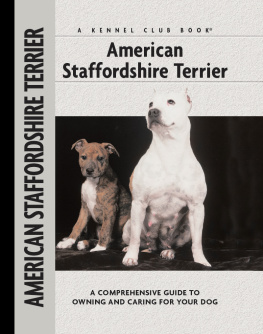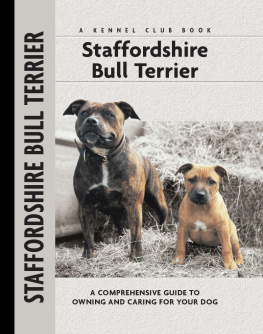To the most special people in my life, without whom I would not be what I am now: John Fletcher, Ruth and Willis Ford, my husband Syd, my babies Zara and Asher, Jayne Pashley and Dan-Dan! Also Arlene Fletcher, my Mum, who I miss beyond words.
Owning a dog is a huge responsibility but extremely rewarding. When you decide to welcome a Staffordshire Bull Terrier into your home, you have to consider not only how he will fit into your lifestyle but also what you can offer him in return. He will need regular exercise, feeding, games and companionship as well as daily care.
The history of the dog known today as the Staffordshire Bull Terrier is, perhaps, one of the most well known histories of any breed. This loyal, people-loving dog still carries with him all the best traits that have been bred into him over the centuries to make him one of the most wonderful family pets imaginable.
Bloodsports
In the early nineteenth century, terriers of all kinds were bred for their ability to take part in what were then known as bloodsports, the two most popular being bull-baiting and cock-fighting. In the mid-1800s, bulls were brought to markets and upon by dogs. Baiting was done for two reasons: to tenderize the bulls meat and provide entertainment for the spectators, who enjoyed nothing more than watching the specially bred dogs bring down a bull. This pastime also extended to bears and other animals.
These bloodsports were very common at this time and would often take place in villages and at country fairs. The dogs would grab the bulls and be tossed around, sometimes even being hurled over a bulls head, only to be thrown back into the action by their owners.
Bred to win
The secret to a winning dogs success lay in the strength of his jaw. The ability to lock his jaws onto another animal meant that, no matter how strong the opposition, the steely grip and weight of the dog would eventually tire the bull out and bring it down.
Another trait of the Staffordshire Bull Terrier was (and still is) its incredible tolerance to pain. This meant that they invariably continued to hang on, despite suffering severe injuries.
These early dogs bore no resemblance to the noble breed we are used to today. They were bred not for their pleasing looks but for what was then known as their gameness in other words, their strength and skill against animals which were over 20 times their size.
The Staffords fearless nature, together with his in-built resolve never to quit, are still much in evidence in the breed today, although modern breeders are also careful to breed for a good, sound temperament in their dogs, so that they will make good family pets.

The loyal Staffordshire Bull Terrier is one of the most noble looking and wonderful dogs imaginable
Origins of the breed
The modern breed owes much of its physical attributes to the Bulldog. However, the Bulldog of the nineteenth century was a somewhat larger dog than the big-jawed and handsome one of today, with longer legs and a much more refined head, more reminiscent of the American Staffordshire Bull Terrier. The Bulldog is believed to have been crossed with several other terrier breeds in a bid to attain a dog which combined great physical strength in the head and body with an agile swiftness. This was an ideal combination for a dog who was expected to fight in small areas, often known as pits. These breeds were often referred to as Half-and-Halfs, in a nod to the two distinct breeds that had produced them. The breed nowadays resembles both the Bulldog and the terrier, with evidence of the former still clearly seen in the head.

The breed nowadays still shows clear signs of its Bulldog and terrier ancestry. Note the famous Stafford smile, as shown above by these two handsome dogs!
The word Staffordshire relates to the part of the United Kingdom where the breed first became popular in the mid 1800s, particularly among the working classes. The Staffordshire area of the Midlands, including Birmingham, Walsall and Stoke-on-Trent, saw extensive breeding of both of this dogs forebears Bulldogs and terriers.
The motivation was still to achieve the perfect fighting dog, and even though dog fighting was outlawed in the early 1900s, many fanciers continued to breed with the fight in mind and dogs still went head to head with each other. These clandestine fights were organized by word of mouth, culminating in a game played out in someones home, backyard or a disused building. Thus the name of the breed is a tribute both to its forefathers and place of origin, making it truly British.
Interestingly, whilst this breeds aggression towards other dogs was never doubted, it is a fact that people were often to be seen handling the dogs in the fighting pits, and yet they were rarely attacked. This is a testament to the breeds love of humans, and it is this quality that makes the Stafford such a wonderful companion to this day.
The early days
In 1888, the Bull Terrier Club of England was formed and subsequently the members published a Breed Standard a blueprint for the breed. This Standard listed all the desirable physical and temperament points that any breeder should aspire to. All recognized breeds nowadays have their own Breed Standards, which are laid down by the Kennel Club and should be closely adhered to by breeders.

This Stafford combines the physical strength and agility which his forebears were bred for. Staffords are always happy to display their keenness for life.
The Staffordshire Bull Terrier had to wait until the 1930s before fanciers decided to try and establish it as a breed in its own right, rather than the loose blend of bull and terrier which had existed until that time. This was due partly to the fact that the abolition of dog fighting was now being strictly enforced and underground fights were regularly stopped by the police and the organizers were punished. Illegal fighting continued, however and, sadly, still does albeit to a much lesser degree.
Having lost their sport to these new laws, breed enthusiasts started to think about what else they could do to show off their stock to other like-minded people. One way was to follow in the footsteps of many other dog breeds and perhaps start to compete against each other, not in the pit this time but in the show ring at a dog show.
The first Standard
At this point, the Stafford, as we know it now, was clearly recognizable. By cleverly breeding like to like, a very distinct and unique-looking dog was emerging. The very first Breed Standard was written by two of the Staffords most famous custodians and breeders, Joe Dunn and Joe Mallan. The writings were based on a dog called Jim the Dandy, which was owned by Jack Barnard. Early pictures of the breed show a dog that was taller and perhaps finer looking than the Stafford today, and possibly closer to its cousin, the Bull Terrier.
In 1935, this prototype Standard was accepted at the first meeting of the newly formed Original Staffordshire Bull Terrier Club. In June of the same year, the Kennel Club (the UKs official canine governing body) officially accepted it, too, thereby opening up a whole new world for the enthusiasts of the breed the dog show.

